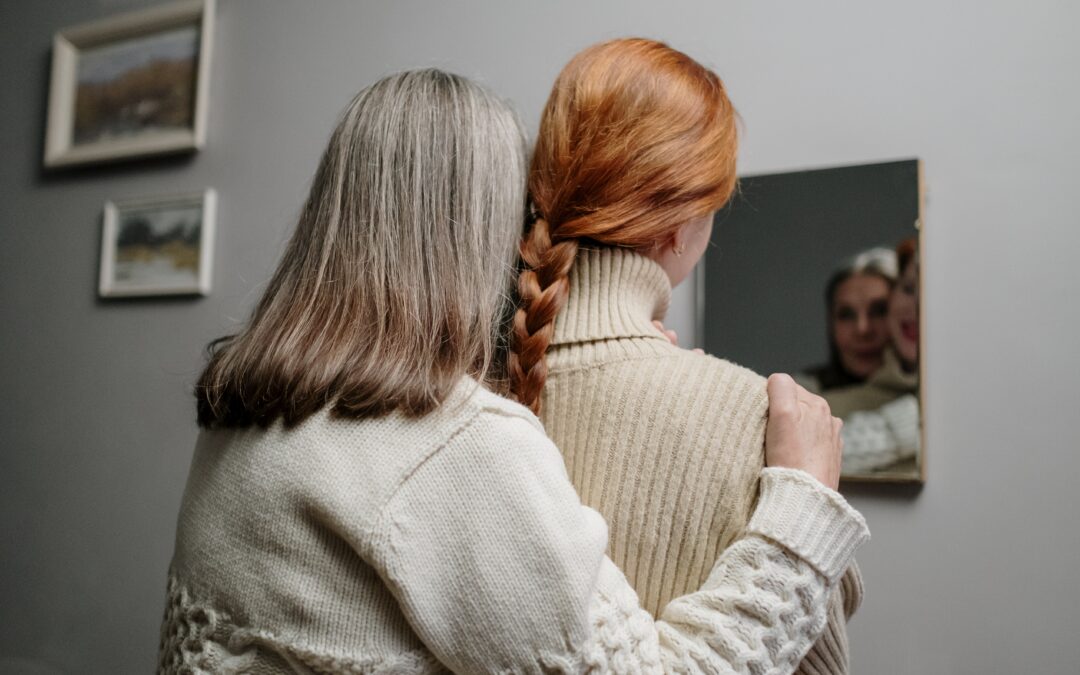The beginning of a new relationship indicates a couple’s desire to enter into an exclusive bond with one another apart from the group. Among the questions of how to integrate individuals’ lives and interests with each other comes the question of how to integrate the couple with the community. How this is accomplished has varied according to time, place, and custom.
The Burden of Self-Determination
Today, we are more free than ever to choose who we want to be with, when, in what way, and for how long. Most of us live apart from communities that might otherwise dominate the question of whom we date and whom we marry. Just how much this level of self-determination throws off the delicate dance between couples and groups, only to leave us potentially out of step with communal life, remains to be seen. Generations of humanity have attempted to integrate the private nature of exclusive relationships with the public domain of society, some more successfully than others – there’s courtship and marriage (arranged or not) in traditional societies, dating and cohabitation in the modern West. Both approaches reinforce the reality that couples are meant for union and that reverencing the private bond is vital part of the group’s role in the life of the couple. However, they regard the community’s role in regulating and resolving the natural tensions that arise between the couple and the group differently, for better or for worse.
Courtship and Marriage: Rooted in Place
While no human institution is perfect, there are positive and understandable reasons why different cultures take formal approaches to coupling. Traditionally, courtship and marriage are favored for the heavy involvement of the couple’s closest relations, who by their intimate knowledge of the child are considered the ultimate arbiters of the marriage decision: parents, siblings, grandparents, and anyone close with the family determine the suitability of a potential spouse for the child. In an arranged marriage, mostly family and sometimes friends supervise the progress of the couple’s relationship with one another according to local custom, family practice, and religious belief. In self-selected marriages, courtship is initiated by a couple interested in getting married. While the man and the woman’s relationship grows under supervision of family and friends in line with local customs, practices, and religious belief, the couple possesses a greater degree of self-direction in the cultivation of their relationship than does the arranged couple. In either case, when it comes to traditional courtship and marriage, the goal for the couples is to be cultivated in familiar ground – rooted in place and home-grown.
The Indeterminate Status of Dating and Cohabitation
Dating and cohabitation have become increasingly popular today throughout the Western world as families spread out, more children attended college, and communities increasingly absorbed technocratic values. Dating today carries a far different connotation than it did for the Greatest Generation. Formerly known as the activity of getting to know someone casually before becoming exclusive for marriage, dating today is loaded with contradictory expectations. Dating can involve texting, coffee, dinners out, or sex. It can be be viewed as either the casual stepping stone to exclusivity, or as an exclusive relationship in itself. The latter view lends itself to cohabitation, where people live together as though they were married without a formal, public ceremony. Cohabiting couples (either one or both individuals) may hope to get married sometime down the line, but there’s no rush to validate a private relationship with formal marriage, the reasoning goes. Because the couple totally determines the nature of the relationship for themselves liberated the authority of family, friends, and locality, the public character of marriage, and of all exclusive relationships, is diminished. In turn, the couple’s exclusivity defines them as separate from the group, rather than a part of it.
Relationships Benefit from Social Recognition
In the absence of traditional courtship practices that effectively encourage the group’s contribution to the cultivation of a couple, couples are ironically left to defend their private relationships against their own whims and the hostility of the surrounding marriage-negative culture. Contrary to popular belief, and according to lawyer and philosopher Cheryl Mendelson, “sex-positive” culture does not engender positivity about sexual relationships – at least those that end in the union of the couple. If anything, sex-positive and marriage-negative culture fuels envy and discourages the integration of couples with groups. Sexual acts become performative rather than unitive, antisocial rather than social:
“If group conscience doesn’t respect and validate the couple, it may eventually break them up…When the social world holds marriage in low esteem and all these pressures are felt, it takes a tough couple to resist them. In many ways, the apparent sexual freedom of group life is actually the inhibition and closeting—the destruction—of love and the freedom and independence available in coupled life. It undermines marriage, the institution that protects the couple by granting it social recognition.”
If we are to honor marriage culture, we need to begin by acknowledging the key role that social recognition plays in supporting and sustaining a marriage. We also need to avoid the pitfall of the totally privatized relationship that scorns the engagement of outsiders. The inherent tension between couples and groups, between private and public, need not be a source of drama and strife. Instead, this tension can prompt us to harmonize the two, so that public life acknowledges the vital need for marriage and family, while married couples acknowledge that they could always get by with a little help from their friends.







